They say starting is half the battle, but finishing is way more than half so I’m not sure how the old grindstone arithmetic is working there. Here’s my analogy: the house is now built, watertight, functional, ready to move in, but I just seem to be spending months scurrying breathlessly about painting skirting boards, making elaborate stained-glass windows, planting borders, and sorting out the drains.
I realise at last what it is that publishing companies do for their enormous cut of a book’s cover price (92.5% is normal, incidentally). If I had been traditionally published I would have handed my manuscript over last September and wondered what on earth they’d spent all these months doing. As it is, I now know that writing the book is relatively easy compared to the rest. But I have a firm idea of myself as being someone who likes to get involved with whole processes, and isn’t afraid of a little admin, and so there’s no backing out now. Nor is there any complaining allowed, except by way of preparing the ground for this apology:
Sorry, anyone who’s bought the book already. It’s still not in your hands.
If you would like to know what’s been going on, here’s the rundown of the stages of writing a book. I couldn’t tell you as it was going on, partly because I just felt too breathlessly busy writing, shy to admit the slowness, and unsure of what on earth I was doing. And partly because I always wanted to report after a milestone, but after every deadline I just felt overwhelmed by the next alarming to-do list. So, here it is – a retrospective of writing a book. It’s long. Feel free to skim.
Write it: six months
This bit, with the rosy benefit of hindsight, was glorious. It took about six months, last spring and summer, and got faster and more fluent and fun as I went along. I got so I was writing 3000 words a day. Sometimes morning energy would take me and I’d leap out of bed at 6am and write like crazy, other times all of the day’s chores (largely donkey related) would take until early evening, and then I’d settle in for a long, quiet, deeply focussed shift into the small hours. Different bits of the book called for different sorts of energy.
When I was writing about difficult bits I got sad, and when Chico was walking well in the story, the writing of it flowed along merrily too – I was reliving it all. Despite the rosiness of hindsight, I do remember drinking a fair bit of rosé, little but often, topping up with dutch courage in order to feel confident that the story was interesting and worth telling. It takes some real ego to write day after day and expect people of the future to be interested.
I ran most of the donkey walks I’d sold as crowdfunding rewards, and I swam in the sea. I ate little – straight out of the fridge with a fork so as not to waste time. I leaped out dripping, mid-shower, to make a note of anecdotes not to forget to include, or the perfect adjective or metaphor. I researched the history/myths/geology of places we’d walked through, and sent one section to be checked by a PhD student who was an expert in the Penrhyn quarry. I pored through my notebooks, photos, video, scraps of paper, and even receipts and text messages. It was a sublime, indulgent immersion.
The first edit: six weeks
‘Write drunk, edit sober’, I had read, and I was dreading sobriety. I was expecting to need a stiff drink to deal with the editor’s brutal red pen.
But the first stage of editing was pretty good – my superb editor had gone through the text in a macro sort of way, making suggestions that were mostly to do with narrative, flow, pace, scenes that didn’t add much, number of characters (it transpired that I had met a lot of people called Anne, Andy and Steve) and the like. She suggested cuts that amounted to 14,000 words, and while I went through the second time I made a further 10,000. I felt cavalier about it, mostly. It was a long haul – it took about six weeks – but I didn’t feel precious at all. The process was helped along enormously by the fact that the editor put double ticks (made out of square root symbols: √√) in the margin whenever she particularly liked something. This boosted my self-esteem, and near-teetotalism reigned. I thought the whole shebang was nearly there, and then…
The tense second edit: four weeks
Ouch! The editor spent a month going painstakingly through every line of the second draft. She highlighted places where I’d used the same word a few times in successive paragraphs, so I could change some of them. She moved a lot of commas around, and cut down the dashes and ellipses (dot-dot-dots), which make copy look kind of dashed off, casual and amateurish. She managed to cut out 297 dashes and 63 dot-dot-dots!
There were jokes she didn’t get, words I thought were rakishly employed, but maybe just didn’t work, a few inconsistencies in place-name spellings, and even a handful of bona fide typos – gasp!
Trickiest of all were some of her changes to my tenses. Should it be ‘I found out that donkeys are buddy animals’? (I found it out, in the past, but donkeys still are, and always will be.) Or ‘I found out that donkeys were buddy animals’? (Smoother, perhaps, because of the ‘past tense frame’ of the sentence. But a bit weird, to my ear.)
And here/there gave me trouble too. ‘The Cambrian mountains were stacked up to the south, beyond the dunes of Borth and Ynyslas which looked like a railway model from up there.’ I’d written ‘from up here’, and ‘from up there’ sounded to me like the dunes looked like a railway model from the Cambrian mountains. These things are matters of taste rather than correctness, but my instinct was quick to waver.
Then there were hyphens, or not. The editor decided on car park, sleeping bag, packsaddle and T-shirt, which I was happy with, but I overruled a few and went for headcollar and ice-cream. I decided to use imperial and metric measurements, and to use the English or Welsh place names, depending on common usage.
This stage was much harder than the last. Partly because I’d thought it was neat and nearly finished. I found it tougher to replace a single word than I had found it to delete a whole chapter during the previous round. I had three versions of the book on two computer screens, and there was no drinking – this took serious concentration. This draft didn’t go back to the editor either – her work was done. So the buck stopped with me. Me and the people I constantly called with urgent questions. “Would you say tutorage or tutelage? Does ‘fuss’ mean ‘attention’ to anyone other than me and Rhys, eg ‘To give the donkey some fuss’…? If I say Rhys’s bum smelled, is it obvious it was a fart, or does it suggest something much worse than that?”
My online thesaurus shortcut button wore down to the microchips.
Typesetting: Minion Pro 11 point, 13.5 point leading
After the previous edit, I sent the manuscript off to a typesetter. I was intending to try to do this stage myself, but after the exhaustion and self-doubt of the edits I felt suddenly alarmed about all I didn’t know, and paralysed by how important it was to get right. So I found an excellent typesetter from Machynlleth and am very glad I did. She gave me a choice of fonts and point sizes, and I printed sample pages and tried them out, slotted into books. She took the maps and the photo pages and put them into the document, and did all of the kerning and tracking and other magic that makes the text fit into pages and feel easily readable to the eye. (Incidentally, here’s a strange little game, in case you feel compelled to check how good you are at kerning!)
The typesetting sent me the manuscript back, only now it was an InDesign document, and looked like a book! Surely that’s nearly the end?
What? A third edit? Another five days
Yes, I went through the whole book again, around and around and around Wales. I needed to run through to check for typos and clear up a few places where the typesetter had done all she could with kerning and tracking, but just needed me to cut a line or add a few words. Also, now that it looked like a book, the words sometimes felt different, in their final resting place.
Once I began I realised that this stage was also really important for another reason – it was the first time I’d gone through the book at more-or-less the speed that a reader will. Suddenly I noticed duplications that, even though they might be hundreds of pages apart, still jarred. The sea was ‘flinty’ twice, I used ‘for heaven’s sake’ four times, twice I joked about selling Chico for parts. I mentioned crying a few too many times.
This stage could have been outsourced to a proofreader, but they wouldn’t necessarily have picked up these little things that weren’t wrong, just uncomfortable, so I’m glad I did it myself. I also found one typo: a missing ‘the’, two peculiar symbols that had snuck in during the typesetting process, and a mistake on one of the maps that I had to correct in Photoshop.
There was no drinking for this stage – not a drop. I had to give up coffee for the duration, because it made my eyeballs jump about a bit too much for the level of total, meticulous concentration and pedantry required. Every now and then I’d find I’d been thinking about lunch (or more likely one of the rascally things below), and I’d have to go back a few paragraphs. The pages crawled by. But this stage relied on being done in as close to normal reading speed as possible, so I didn’t forget an earlier use of ‘flinty’, so I read around the clock, till the small hours and back up again at 5am. I discovered that the best way to maintain the necessary alertness was to keep myself needing a pee as long as possible, perching on the front of my seat, in absolute silence. I wore ear defenders, and sometimes rubbed the outside of them to make extra white noise. I ate sugar. I looked like a lunatic.
And all the rest
Meanwhile I was wrestling with the cover, buying the ISBN, working out barcodes, painting, inking, scanning and digitally tarting up the maps, choosing, cropping, and retouching the pictures for the photo section, tracking down the copyright holder for a poem I’d used in the text, paying them to use it, and deciding on a tagline from the hundreds of options (the winner was ‘A wayward walk around Wales’. If you have a better suggestion, please don’t tell me. It’s too late).
I was writing the many pages of acknowledgements, and rewriting the epilogue. I was deciding on the text separator icon – it’s going to be a little carrot. I wrote the verso – that first page of publishing information, it looks so proper! – and notes on Welsh pronunciation. I decided on the dimensions of the book (what’s known as B-format in the UK), spoke to heaps of printers and visited one, got samples, decided on paper stock (Biotop 90, with the photos and maps on matt-coated 100), learned the difference between inkjet and toner, and digital and offset.
I did maths to work out the thickness of the spine, and agonised about the cover a bit more. I sent chapters to people in the book whose stories were painful or exceptionally personal, to make sure that they were happy with their portrayal, and then jittered about until they responded, because it’s a weird thing to meet someone once and then write honestly what you thought of them and their struggles, and then send it to them. I discovered that, of these people, one has ended her unhappy marriage, one has lost her elderly mother, and one has had her ill mother make a remarkable, if tentative, recovery. Life, and death, have gone marching on, and my portrait of a moment in time is already out of date.
Oh yes – and we made a full-length feature film! If you’re interested I’ll explain that process too.
I also ran out of money, and had to get a job for a while. That was annoying!
And now…
The book is back with the typesetter. She’s doing the last little bits, and then I’ll send it all to the printers for paper proofs, and look through those, page by page but not word by word. Hopefully it will all be perfect – no strange colours in the images, no problems with bleed and trimming, the gutter or the paper choice. And then they will print loads of copies and post me a pallet, and then I’ll sign them and stamp them with their hoofprints of gratitude, and wrap them and post them, and then…
And then what? Then, I suppose, people will read it. I’ll invite them – you! – into my metaphor house, and hover with tight lungs while I wait to see if the roof falls down or the paint peels off. Most of all I’ll see if people actually want to spend several weeks in there.
For heaven’s sake! For heaven’s sake! I’ll have to find a darkened room in this monstrous house, and lie down in it.
Incidentally, I finished the cover, with immense help from an excellent friend, Jasia, who sat in the Photoshop driving seat while I navigated and plied her with biscuits and pineapple. She usually makes websites, so if you have any website needs, I can recommend her very much indeed.
And another thing… if you’re not one of the amazing and patient 831 crowd funding backers of this book, but you’d like to preorder a copy, don’t let me stop you! It might be a really good book.
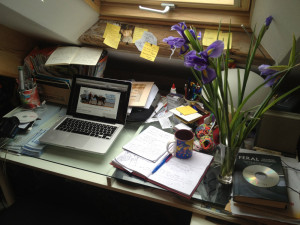
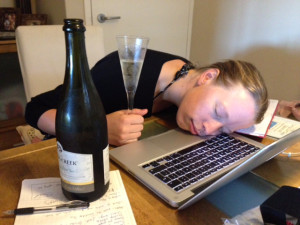
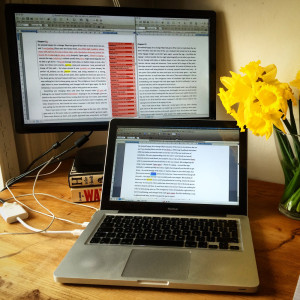
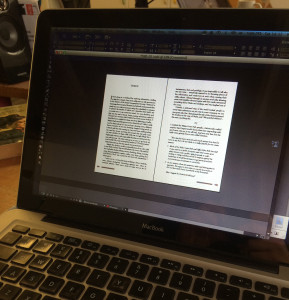
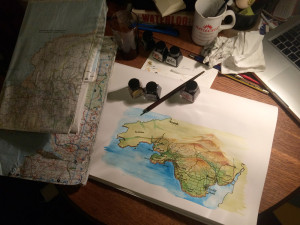
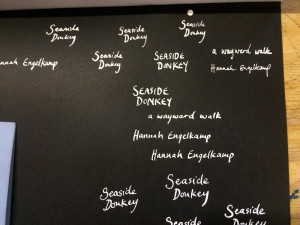
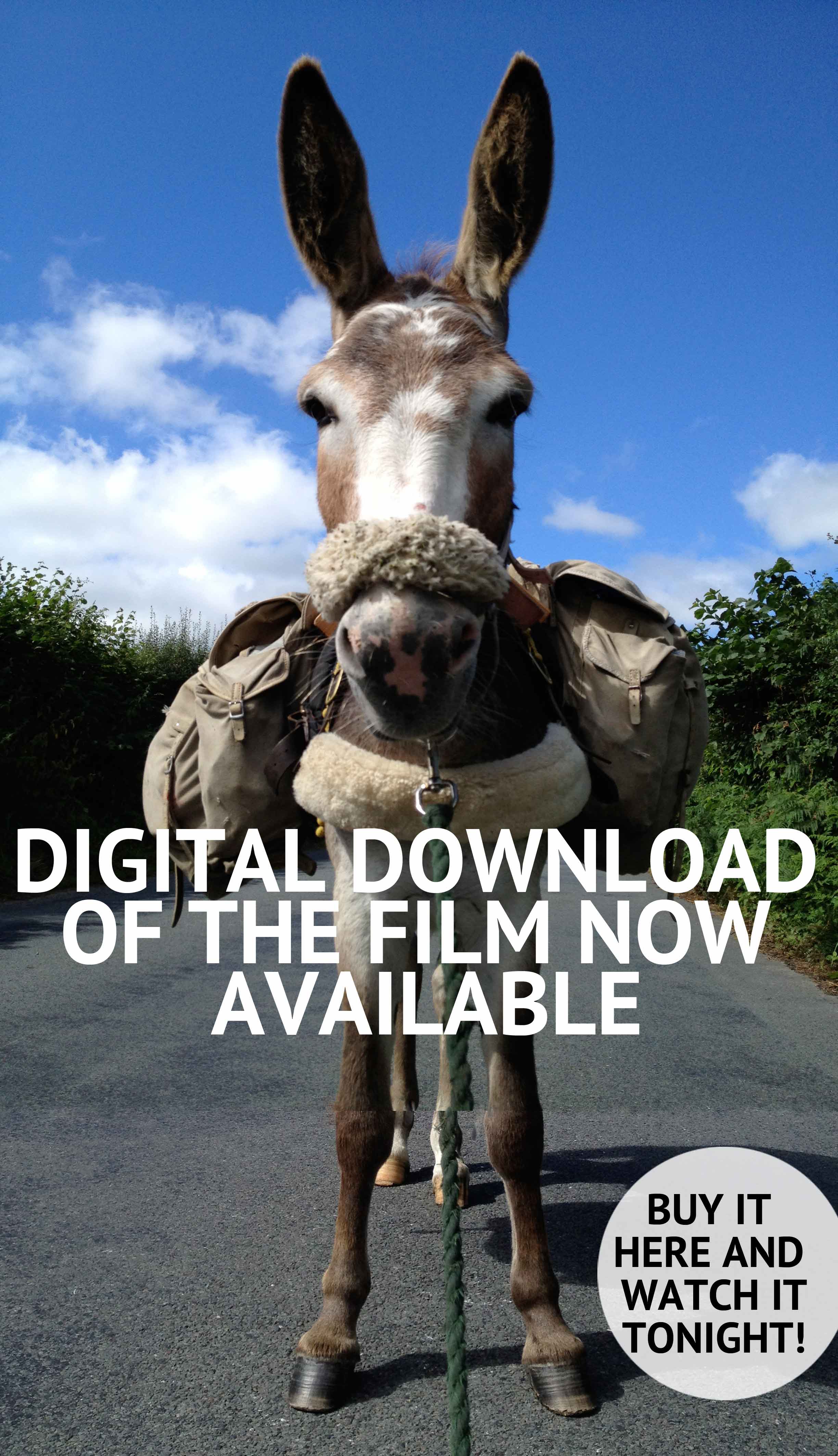
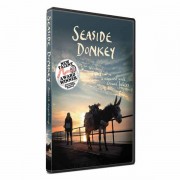
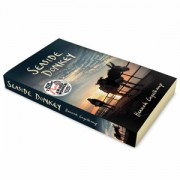
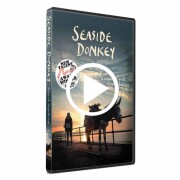
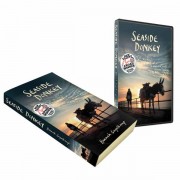
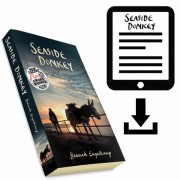
This was a fascinating insight into writing a book. Thank you.
Thank you Sandra! It was kind of cathartic… Hx
Well, that’s put me off trying to write a book AND do the rest. If I ever decide to – I will use a publishing company and make do with the miserly 7’5%
WELL DONE HANNAH! Looking forward to the read.
Hi Andi! Yes, there were dark times when I thought 7.5% was a bargain to have someone take this misery off my hands. In fact a mere month ago I was beginning to think I should throw the whole thing in the sea and just give all the crowd funding backers their money back! Slowly, for the rest of my life…
Hope you’re well! Hx
agh! I’ve finished two books but still haven’t managed to get them published…it seems its hard then gets harder and harder…
Two! Well done! What’s your subject matter?
Are you looking for a traditional publisher and struggling? If so, I sympathise – it really is getting harder and harder. But the exciting thing is that self-publishing is so possible, and the quality is good these days, and it’s losing its stigma… Do it yourself!
That was really interesting. Bodes well for the book being a good read!
I so appreciated your honesty and your process, Hannah! Having done this a few times myself I completely understand. And one who is on the third draft – *sigh* – I see yet how far I have to go — but the rewards are many — so we forge ahead.
I can hardly wait to read this book! I adore donkeys and invested in your crowdfunding, so I await in anticipation — but fully understand how much is involved.
Keep up the great work!
Enjoyed reading this, Hannah. Looking forward to reading the book.
Great post. I am looking forward to reading your book!
Thanks for sharing your experiences with such honesty and lightness of touch. I am about to embark on a journey into the unknown – re-writing my blog posts and trying to craft a book from them – and reading this was fascinating (and sobering :-)!) Good luck with the next steps.
Well done, Hannah! But it would be a very lucky publisher that got 92.5% of the cover price – Amazon (or other retailers, if they still exist) might get 50% or more of it. But it’s good to know you recognise the value of what we do…
Ah ha – very good point, Tom. And I’m just about to make a rather giant bank transfer to the printer, which would otherwise be paid for by the publisher, of course. So yes, I’m much less grumpy about publishers now, and suspect we’re all trying to stay afloat in unprecedented times…